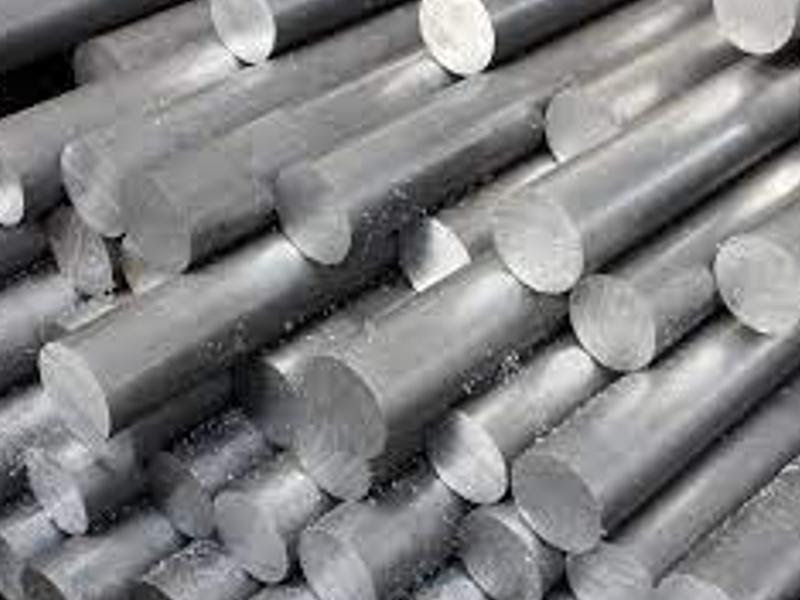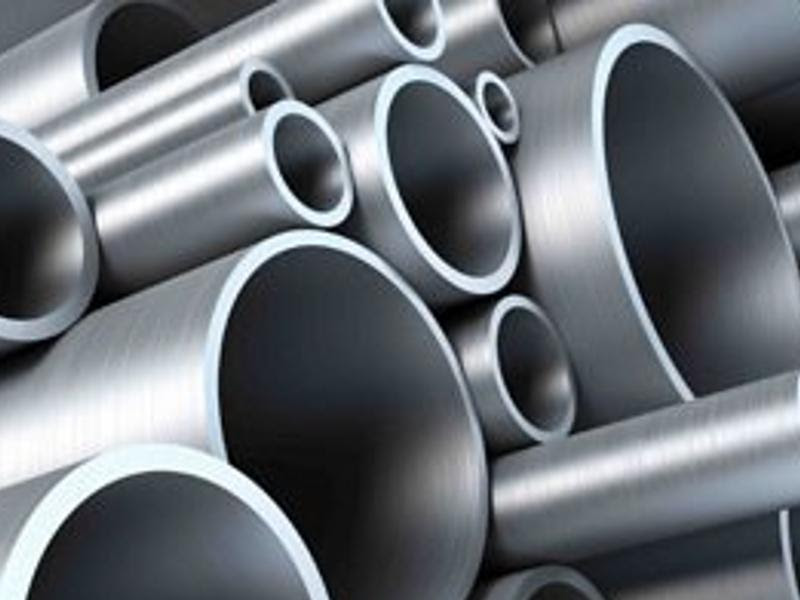Stainless steel is a group of ferrous alloys containing a minimum of about 11% chromium, a material that gives heat-resistant properties and halts the iron from rusting. There are different types of stainless steel being used in the oil and gas industry, home design, kitchen material, wastewater treatment, and more.
In this article, we will introduce you to these types of stainless steel and know what they are designed for.
DIFFERENT TYPES OF STAINLESS STEEL
Stainless steel is not as old as iron. In fact, this group of alloys was first developed a hundred years ago. This “green material” is known to be incredible in both physical and chemical properties. To note, stainless steel has a high corrosion resistance, a heat resistance of up to 1200 degree Celsius, is durable, and does not rust. Nonetheless, stainless steel is economical compared to non-corrosive alloys.
A Brief History Of Stainless Steel
After several attempts of inventing the stainless steel, Harry Brearley of Sheffield, UK has been credited to discover the “rustless” steel in 1913. This first stainless steel he invented had a chromium content of 12.8%. He added the chromium (an ingredient that gives the resistance to corrosion) to liquefy the iron and produce a rustless metal.
After this discovery, supplementary improvements to stainless steel had taken place. Elwood Haynes acquired martensitic stainless steel patent in 1919. Followed by the discovery of precipitation-hardening stainless steel in 1929, and the production of duplex stainless steel in Sweden at the Avesta Ironworks in 1930.
Kinds of Materials Used in Producing Stainless Steels
Carbon
Stainless steels being produced with high carbon are more sturdy and have higher tensile strength than other alloys. They are usually known for producing food-grade wares and cooking apparatus.
Nickel
Another ingredient being used to produce numerous grades of stainless steel is Nickel. This material improves the malleability, weldability, and elasticity of the alloy. Additionally, it also increased resistance to corrosion. Thus, making stainless steel alloys versatile.
Chromium
Another material used in manufacturing stainless steel is Chromium. Stainless steels that contain chromium have better resistance to stains and corrosion. One example of stainless steel with Chromium is the type 430 stainless steel, a ferritic chromium alloy used to make 0.1mm wire in diameter in a voice recording machine.

Austenitic Stainless Steel
Austenitic stainless steel is a type of stainless steel with austenite as its primary structure. This face-centered cubic prevents the steels from becoming hardy by heat treatment, making them substantially non-magnetic. Though the austenitic stainless steel can also be magnetic when undergone in a cold forming process. The formation of the austenitic stainless steel is attained by adding nickel, nitrogen, and manganese. This type of stainless steel is also more corrosion-resistant because of higher chromium content added during the austenitic stainless steel production.
These austenitic stainless steels are often used for kitchen utensils and storage sections. Austenitic stainless steels are also extremely malleable. Hence, austenitic stainless steels are a bit costly compared to other types of stainless steel.

Ferritic Stainless Steel
Ferritic stainless steel is a stainless steel alloy with a low carbon content. It only has .10 % of carbon. It is also the second most common type of alloy. Unlike austenitic steel, ferritic steels are magnetic. The things produced by ferritic stainless steel alloys can be accustomed to cold working. Compared to other types of stainless steels, ferritic steel is less expensive as its nickel content is very low.
Ferritic steel contains around 10.5 to 30 percent of chromium. Aside from being magnetic, ferritic stainless steels stress corrosion cracking and predominantly selected for their temperature oxidation resistance. Thus, ferritic stainless steels are usually used for items that have dealings with conclusively corrosive materials like industrial structure, kitchen wares, and car components.

Martensitic Stainless Steel
The least common type of stainless steel is martensitic stainless steel. Martensitic stainless steel is commonly used in circumstances where high strength alloy and impact resistance are essential. Martensitic stainless steel is usually used in pumps or valves.
Martensitic stainless steels have similar structure to ferritic stainless steels, but they differ in terms of carbon content. Martensitic stainless steels have a carbon percentage of around 1% while ferritic stainless steels only have 0.10 %.
Martensitic steels are often combined with protective polymer coating to enhance its resistance to corrosion. A few martensitic steels include alloy 431 and 420S45.

Duplex Stainless Steel
Duplex stainless steel is a combination of austenitic steels and ferritic stainless steel alloys. But compared to ferritic and austenitic steels, duplex stainless steels are stronger. These steel alloys also possess lesser nickel content than austenitic stainless steels. Thus, duplex stainless steels are less expensive than the latter.
These types of stainless steel are usually utilized in the underwater oil industry because of their better corrosion resistance than other stainless steel products. Aside from corrosion resistance, duplex stainless steel is also weldable and malleable. It can be shaped to form a list of various components. Among these are S32205 stainless steel and S31803 stainless steel.
Grades of Stainless Steel
Austenitic
- Grade 304 – It has a high tensile strength of around 621 MPa (90 ksi) with a maximum operating temperature of 870°C (1598°F).
- Grade 316 – Has a tensile strength of 579 MPs (84 ksi) with a maximum operating temperature of 800°C (1472°F).
Both grades have similar characteristics, but vary when it comes to chloride resistance like salt. Grade 316 is more resistant to chloride, making it a better choice when it comes to maritime utilization.
Ferritic
- Grade 430 – Though this grade is not as strong as most common types of alloys, it provides better resistance to nitric acid. Furthermore, 430 is tough enough for heavy-duty applications.
- Grade 434 – It has a high tensile strength with a maximum operating temperature. Grade 434 is also stronger than 430.
Martensitic
- Grade 420 – Unlike most stainless steels, this steel only has one grade. Compared to the first two mentioned steels, this steel provides less resistance to chemicals. But on the brighter side, grade 420 has a good resistance to properties like water, food compounds, mild acids, and some alkalis. And since it has impact resistance and a great tensile strength, it is desirable for cutlery production.
Duplex
- Standard Duplex Steel- This is the most classic type of duplex stainless steel being used today, with a PREN range of 28-38. This grade is also known as Grade EN 1.4462 or 2205.
- Super Duplex Steel – It is developed for chemical, and oil & gas industries, with a PREN range of 38-45. Compared to standard, super duplex steel is more durable and corrosive resistant. Thus, it is more expensive to produce than standard duplex steel. This grade is also referred to as grade EN 1.4410.
- Duplex 2507 Stainless Steel – Made with 25% chromium, 4% molybdenum, and 7% nickel, this type stainless steel is well known due to its resistance to high conductivity, resistance to chloride stress corrosion cracking, and lesser amount of thermal expansion.
- Zeron 100 Stainless Steel – Is a type of a duplex steel that contains 25% chromium, 7% nickel, and 3.6% molybdenum. This grade also has copper and tungsten content.
- Lean Duplex – This grade is developed for construction and general building applications. Its PREN ranges from 22 to 27. Corrosion resistance does not differ to other steels, but is better when it comes to strength and mechanical stuff.
Since stainless steels are 100 percent recyclable, many countries are now promoting these alloys. Sustainability wise, stainless steels are by far unequalled to other metals.

